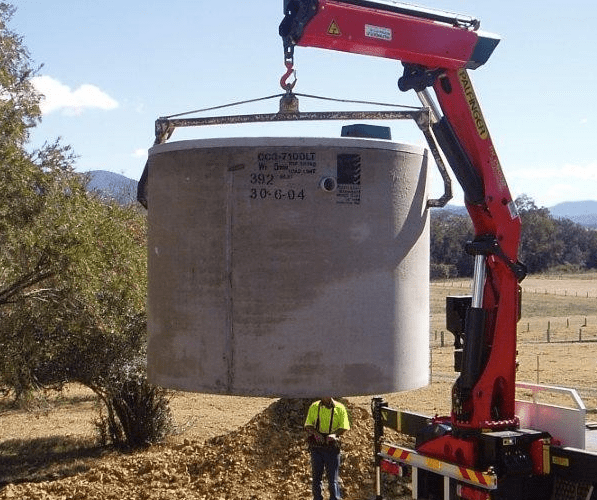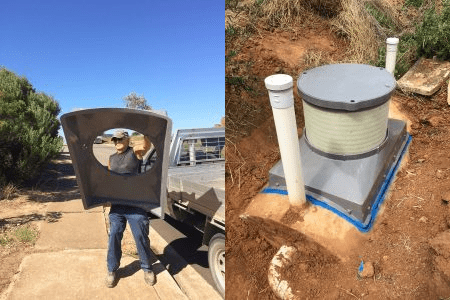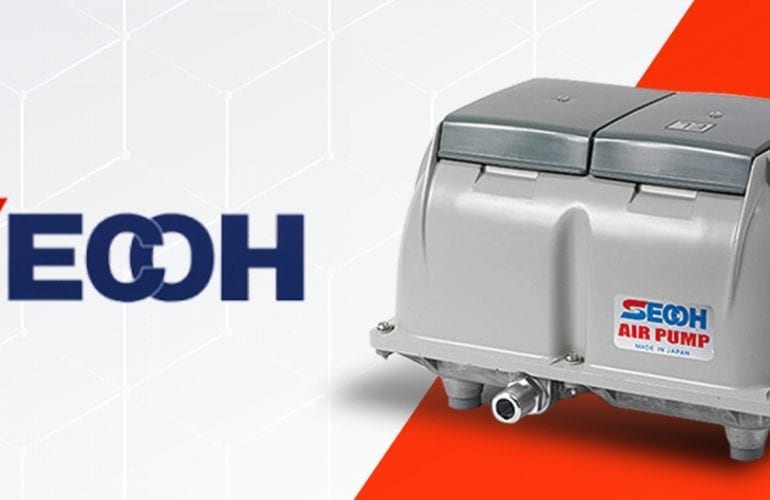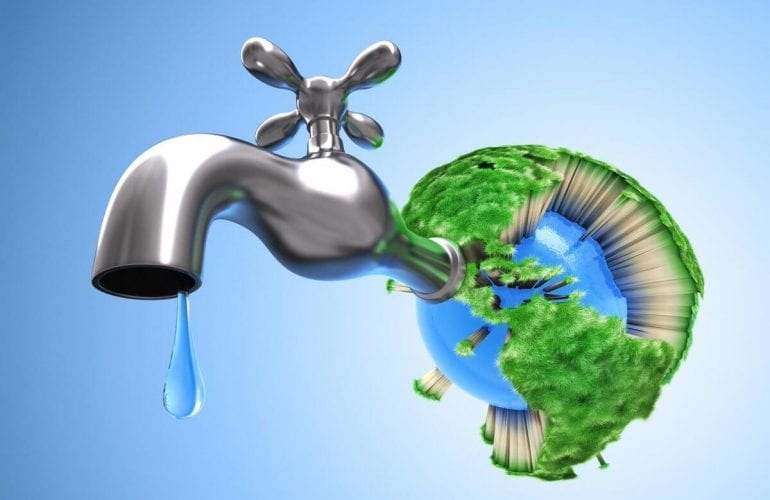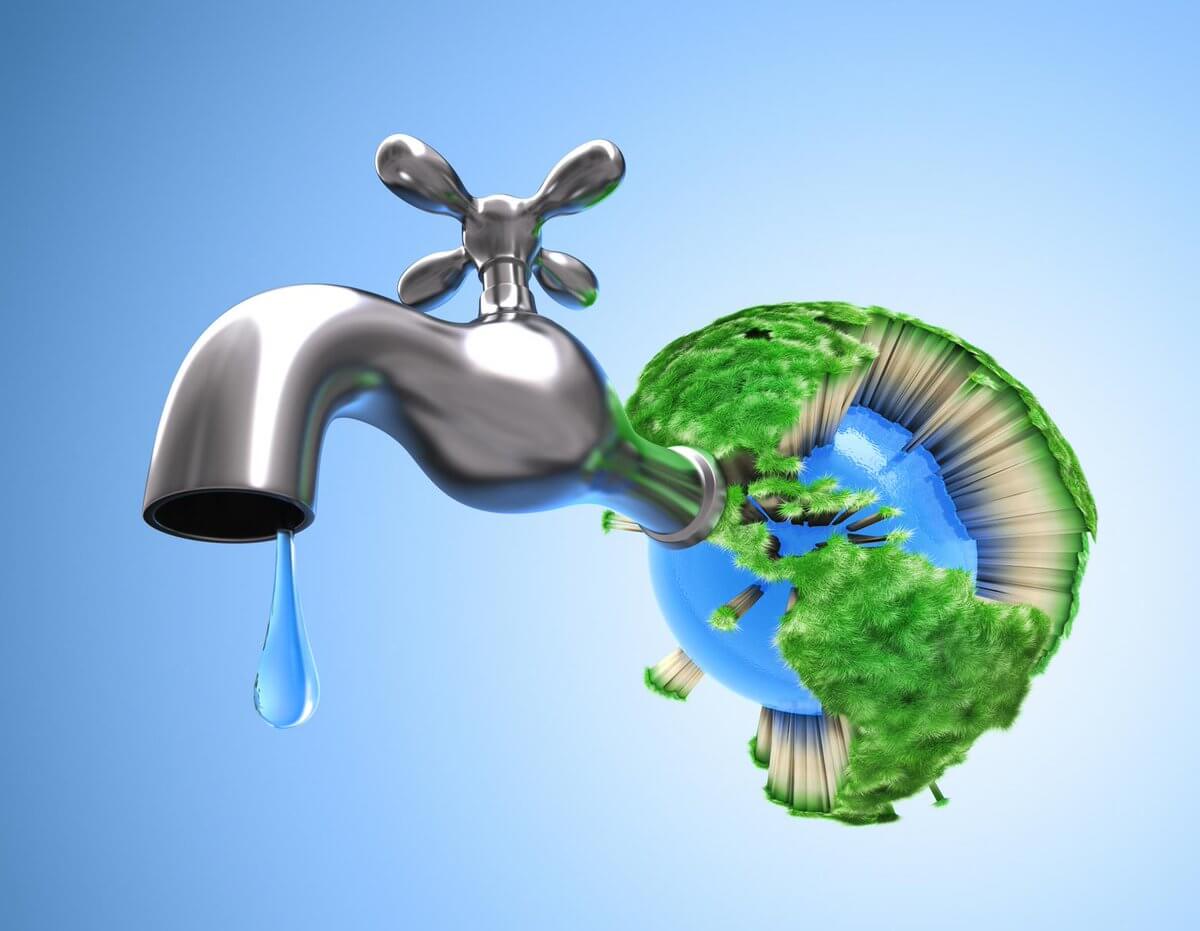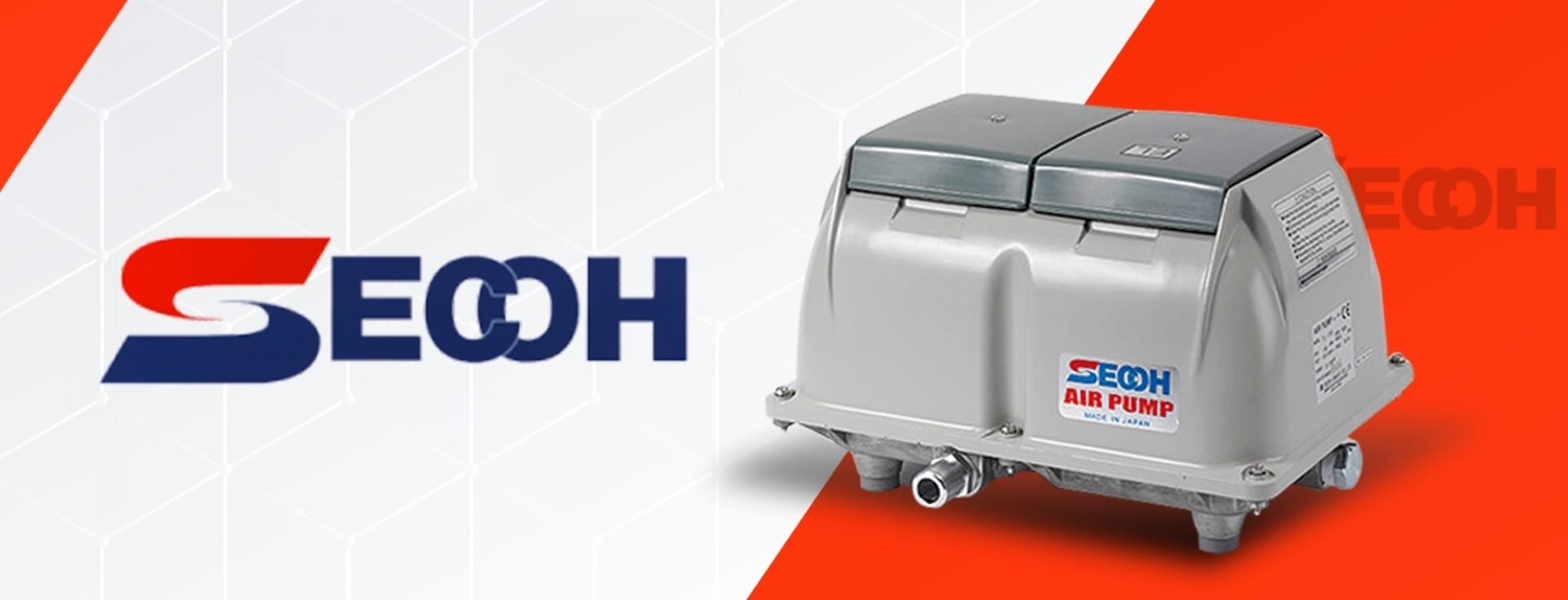Septic Tank Alternatives: Modern Wastewater Solutions for Unsewered Properties
If you’ve recently purchased a home or vacant land in an unsewered area, you’re likely exploring septic tank alternatives to manage your household wastewater. While traditional septic tanks have long been the standard, they’re no longer the only option—and in many cases, they’re not the most efficient or environmentally friendly.
Whether you’re installing a new system or reviewing the performance of an old one, it’s worth considering more advanced wastewater treatment solutions. Outdated systems can be inefficient, prone to failure, and potentially harmful to the environment. In contrast, modern systems like Aerated Wastewater Treatment Systems (AWTS) and Advanced Secondary Treatment Systems (STS) offer cleaner, safer, and more sustainable outcomes.
In this article, we’ll explore the different types of wastewater treatment systems available today, the benefits of upgrading, and why making the switch from a septic tank could be a smarter long-term decision for your property and the planet.
First, let’s consider the following.
What’s Wrong with Outdated Septic Systems in Unsewered Areas?
Older septic systems, like septic tanks, can be costly and pose a real threat to both water quality and the health of others. Outdated septic tanks may:
Be poorly built and designed
Have expensive pump-out services
Leak frequently
Be non-compliant with local and state Government Health regulations
Types of Wastewater Treatment Systems: Septic Tanks vs Alternatives
When it comes to managing household wastewater on properties without access to municipal sewerage, you have a few key options. The right system for your property depends on your location, site conditions, household size, and local council regulations.
While traditional septic tanks are still used, many homeowners are now considering septic tank alternatives like Home Sewage Treatment Plants (HSTPs) and Aerated Wastewater Treatment Systems (AWTS). These modern systems are more efficient, environmentally friendly, and often produce higher-quality treated water.
💧 What Are the Main On-Property Wastewater Treatment Options?
If your property isn’t connected to a council-managed sewerage system, your wastewater must be treated and disposed of on-site. There are two main categories of systems that can handle this:
1. Septic Systems
Sometimes referred to as septic tanks
A watertight underground container, usually made from concrete, fibreglass, or plastic
Collects all household wastewater, allowing solids to settle and scum to float
Effluent is dispersed into a drainage field or an absorption trench
Inexpensive and low-tech, but limited in treatment quality (only partial treatment of wastewater)
2. Home Sewage Treatment Plants (HSTPs)
Treat both blackwater (toilets) and greywater (sinks, showers, laundry)
Function like small-scale versions of municipal sewage treatment plants
Use multiple treatment stages to significantly reduce pollutants in wastewater
Treated water (effluent) can often be reused for subsurface irrigation
Require ongoing maintenance and electricity, but offer better environmental performance
🔁 Septic Tank Alternatives: Other Common Terms You Might Hear
Many systems that perform similar wastewater treatment functions go by different names. While they may vary slightly in design or performance, they all share the goal of treating and reusing water on-site.
Here are some common terms and their meanings:
Wastewater Treatment System
A broad term that includes all types of on-site wastewater treatment solutions.On-site Sewage Facility (OSSF or OSF)
Any system that stores, treats, and disposes of wastewater on a property not connected to town sewer.Wastewater Treatment Plant (WWTP)
More commonly used for larger or commercial systems, but also refers to residential units that treat wastewater to a high standard.Sewage Treatment Unit (STU or STP)
A multi-stage system used to treat sewage and greywater, typically involving biological and mechanical processes.Aerated Wastewater Treatment System (AWTS)
A residential system that uses air to support aerobic bacteria, providing thorough treatment suitable for garden irrigation.Aerobic Treatment Unit (ATU)
Similar to AWTS, but often modular or designed for smaller scale use. Uses oxygen to break down waste.Aerobic Septic System (ATS)
A step up from conventional septic tanks, using aerobic processes to treat wastewater more effectively.Domestic Wastewater Treatment System
Any system designed specifically for use on a residential property to treat and manage household wastewater.
While the names vary, all of these systems are considered alternatives to traditional septic tanks. They provide greater flexibility, improved treatment outcomes, and better environmental protection—especially important in sensitive or high-rainfall areas.
🤔 Is a Septic Tank or HSTP Better?
Generally speaking, Home Sewage Treatment Plants (HSTPs) are considered a more advanced and environmentally friendly solution than conventional septic tanks. They treat wastewater in multiple stages—typically three—resulting in much cleaner effluent that can be safely reused for subsurface irrigation.
However, the best system for your property depends on:
Soil type and drainage capacity
Available land area
Proximity to waterways or neighbours
Local council regulations
Your household’s size and water usage
Budget and maintenance expectations
✅ Talk to a Wastewater Professional
Choosing the right system isn’t just about comparing septic tank alternatives. It’s about understanding your site’s specific conditions and legal requirements. A licensed wastewater system designer or environmental engineer can assess your property and recommend the most suitable solution.
At Garden Master, we design, install, and maintain a wide range of wastewater treatment systems across NSW, Victoria, and the ACT. Whether you’re upgrading an outdated septic tank or building on a new unsewered block, we can help you choose the right solution for your property.
Recommended Reading:
- Home Sewage Treatment Plant (HSTP), What Are They?
- What Is An AWTS?
- What Is An Advanced Secondary Treatment System?
- Septic Tank Buying Guide
- Septic Tank Regulations In NSW
Choose the Garden Master Solution. Garden Master provides environmentally friendly solutions for both commercial and domestic properties across Australia. We believe wastewater treatment and recycling are far more efficient than relying on rainfall and play an essential role in relieving the stress put on water usage in Australia and around the world.
With more than 30 years of experience, we can provide you with the best wastewater treatment products and services. We’re available seven days a week—contact us today to find out more!
Related Articles
[/vc_column_text][/vc_column][/vc_row]



